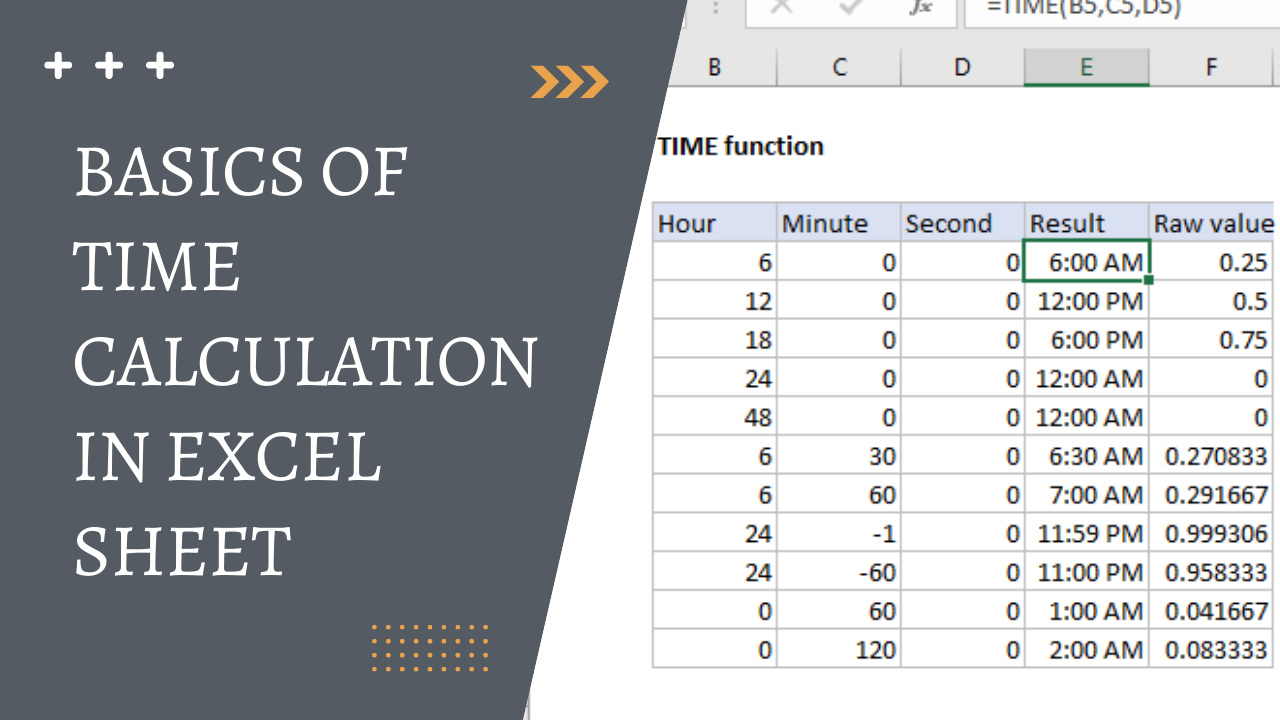When young adults or individuals opt to live at home with their parents, the conversation about rent can be a delicate one. While every family is different, contributing to household expenses is a sign of independence and appreciation. However, figuring out a fair amount can be confusing. Here’s where a “how much rent to pay parents” calculator can be invaluable. This calculator aims to help balance contributing to the home while recognizing the financial benefits of living with family. It considers various factors so that you can arrive at a rent amount that’s fair, respectful, and manageable.

Family Financial Meeting
Before you can calculate the right amount to pay your parents for rent, it’s important to have a clear understanding of the household finances and everyone’s expectations. A family financial meeting is an excellent way to open this dialogue.
- Step 1: Schedule a time for the meeting when everyone involved can be present and focused.
- Step 2: Each party should come prepared with a clear understanding of their own financial situation.
- Step 3: Discuss openly about household expenses, including mortgage/rent, utilities, groceries, and any other recurring costs.
- Step 4: Use this opportunity to talk about your ability to contribute monetarily.
Summary: This method fosters transparency and ensures everyone’s financial boundaries are respected. However, it can be challenging if family members are hesitant to discuss their financial details openly.
Income-Based Contribution
Determining rent based on a percentage of income ensures that the amount paid is relative to your earning capacity, making it a fair approach.
- Step 1: Agree on a fair percentage of your net income that will go toward rent (this is typically between 5-10%).
- Step 2: Calculate your monthly net income (after-tax income).
- Step 3: Multiply your net income by the agreed-upon percentage.
Summary: This solution scales with your income, ensuring you never pay beyond your means. However, it may need frequent adjustment if your income changes often.
The Local Rental Market Rate
Using local rental prices as a benchmark for what to pay your parents can give you an idea of the market rate.
- Step 1: Research local rental prices for a similar living situation (e.g., a room in a house).
- Step 2: Discuss with your parents if they expect the full market rate or a fraction of it.
- Step 3: Once agreed, calculate the amount based on your research and discussions.
Summary: This method aligns your rent with real-world costs, but local market rates can be tricky as they fluctuate and might not take into account the extra benefits you’re receiving from living at home.
Fixed Amount Agreement
A simple method where you and your parents agree on a fixed amount that makes sense for both parties.
- Step 1: Consider what you can afford alongside your other financial obligations.
- Step 2: Discuss and agree upon a fixed amount with your parents.
- Step 3: Set up a regular payment schedule.
Summary: The benefit of a flat rate is its predictability and simplicity, which makes financial planning easier for everyone. However, it doesn’t account for changes in household or personal financial situations.
Utilities and Bills Cost-sharing
Sharing the cost of bills and utilities proportionately can be a straightforward way of contributing.
- Step 1: List all household utilities and recurring bills.
- Step 2: Calculate the total monthly cost and divide it by the number of people in the household.
- Step 3: Agree to pay your share monthly.
Summary: This method ties your rent directly to a tangible cost, making it a fair and logical approach. It may, however, lead to variable payments month to month depending on utility usage.
Percentage of Household Expenses
Paying a percentage of total household expenses is another fair approach.
- Step 1: Total all monthly household expenses.
- Step 2: Determine what percentage of those expenses is fair for you to pay.
- Step 3: Pay your percentage of the expenses each month.
Summary: This method ensures that your contribution is proportional to the actual costs. It requires keeping a close tab on expenses and can mean your rent fluctuates.
The Savings Goal Method
If saving money is your primary reason for living at home, your rent can be based on helping you achieve savings goals.
- Step 1: Determine your savings goal and the timeline to achieve it.
- Step 2: Calculate how much you need to save regularly.
- Step 3: Whatever is left from your income after savings and other expenses can be your potential rent payment.
Summary: This method allows you to progress towards your financial goals while contributing to household costs. However, it might lead to lower contributions that might not fully cover your share of living expenses.
The Additional Services Approach
Instead of paying rent traditionally, you can offer additional services or support around the house.
- Step 1: Identify tasks or services you can provide in lieu of rent (e.g., lawn maintenance, tech support).
- Step 2: Agree with your parents on the value of these tasks.
- Step 3: Dedicate time each week to performing these tasks.
Summary: This approach can be particularly suitable if you’re tight on money. However, the downside is that it might not address your family’s financial needs directly.
Value of Living Space
You can calculate rent based on the space you occupy in the home.
- Step 1: Determine the percentage of the home’s square footage that you use exclusively.
- Step 2: Agree with your parents on a rate per square foot.
- Step 3: Calculate your rent based on the space you occupy.
Summary: This method assigns a clear monetary value to your living space. The challenge is it doesn’t consider communal areas and may not be reflective of the total value you receive.
The Graduated Payment Plan
This plan considers your potential to increase payments over time as your financial situation improves.
- Step 1: Start with an initial rent amount that is manageable for you.
- Step 2: Schedule incremental increases, perhaps tied to your job raises or other financial milestones.
- Step 3: Continuously review and adjust the plan as needed.
Summary: This is a thoughtful way to progressively increase your contributions, aligning with your financial growth. However, it requires careful ongoing negotiation and planning.
In conclusion, when it comes to paying rent to your parents, the most important factors are communication, fairness, and respect for everyone’s financial circumstances. Whatever method you choose, it should be agreed upon by all parties and reviewed regularly. Remember that situations can change, and flexibility is key to maintaining a harmonious household.
FAQs
Q: How do I bring up the topic of paying rent to my parents?
A: Start the conversation respectfully, acknowledging the support they’ve provided you, and express your desire to contribute financially to the household.
Q: Should I pay rent if I’m also saving for my own place?
A: Yes, contributing to household expenses is important, even while saving. Striking a balance between fair rent and your saving goals is key.
Q: Can the amount of rent I pay to my parents change over time?
A: Absolutely. As circumstances change, the amount of rent you contribute may also need to be adjusted. This should be discussed and agreed upon with your parents.









